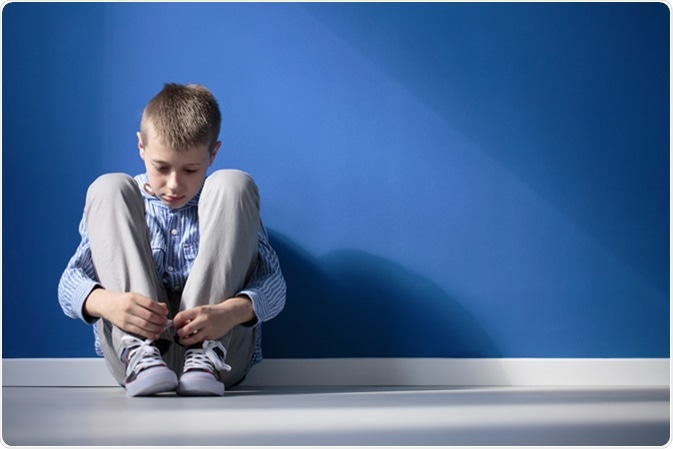For The Latest Medical News, Health News, Research News, COVID-19 News, Pharma News, Glaucoma News, Diabetes News, Herb News, Phytochemical News, Thailand Cannabis News, Cancer News, Doctor News, Thailand Hospital News, Oral Cancer News, Thailand Doctors
A phobia is a condition in which an individual suffers from intense fear of an object or situation that lasts for a prolonged period of time and has no rational cause. It may also be defined as the emergence of an unwanted fear relating to a particular situation, incident, or objects. Phobias are a type of anxiety disorder. Children who suffer one or more phobias constantly have anxiety. The most common phobias comprise a fear of heights, public interaction, blood, insects, or animals.

Phobias are common to both children and adults. Some phobias that arise during childhood resolve spontaneously as the child grows, while others may persist. Some important phobias that affect children are as follows:
Research has found that the causes of phobia lie in different elements such as biological, family, and environmental factors.
Some young children have the habit of imagining a nonliving object to be a living thing. This imaginary being becomes the basis for fears. They imagine that the fictional creature is dangerous and may harm them in some way. If they constantly feed their imagination, they may even begin to behave like their creature.
In children, diagnosis of anxiety disorder or phobia is made after a comprehensive medical and psychiatric examination. It may be rather difficult to diagnose these conditions. Parents have the tremendous responsibility of identifying excessive or constant feelings of anxiety in their children at the early stages and to address it themselves, or to seek professional help if the child does not respond properly. Early diagnosis and treatment can go a long way in helping children to recover completely, and avoid further psychological problems in their adult life.